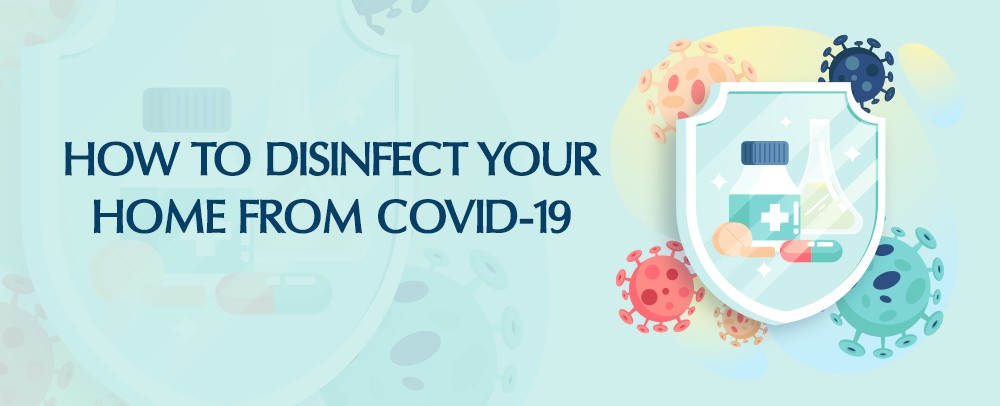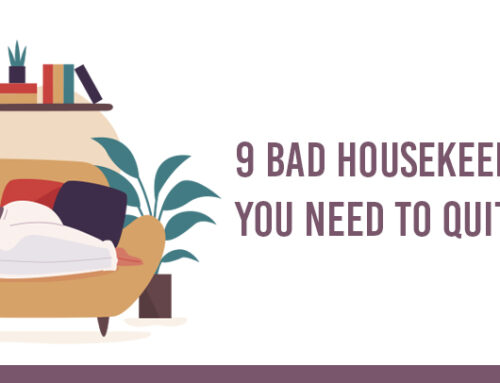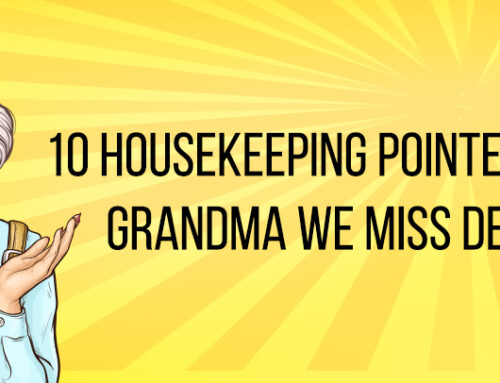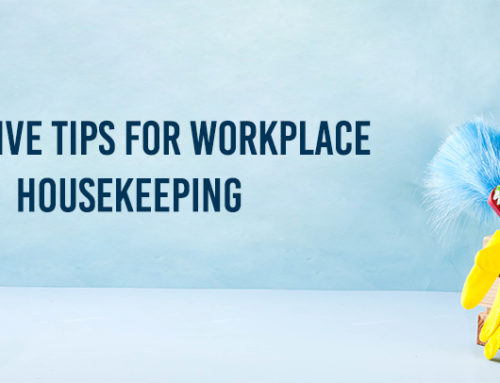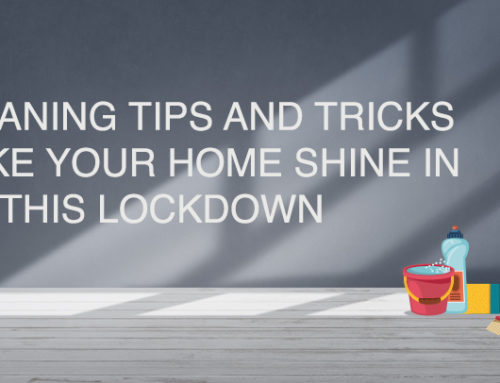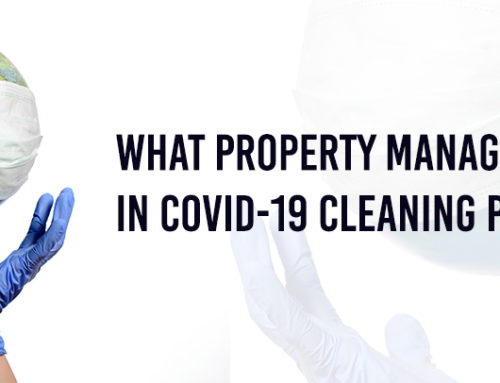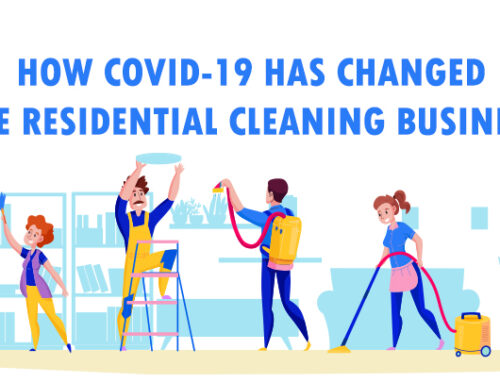You are well aware of a disease outbreak that began in Wuhan, China in December 2019 known as COVID-19 caused by the new Coronavirus. On 11th March 2020, the novel coronavirus outbreak was declared as a pandemic by WHO, following further lockdown in various countries. Being at home doesn’t mean you do not have to take precautionary measures. It’s important to keep yourself and your surroundings virus-free to prevent any possibility of catching the infection.
Know how COVID-19 spreads!
To date, no vaccine has been found to prevent this virus so it’s best to stay indoors and avoid getting exposed to this virus. It usually spreads from person-to-person in the following ways:
- Coming in close contact with an infected person
- When an infected person coughs, sneezes or talks, the respiratory droplets produced can cause infection to the people sitting close
- Some studies also suggested that COVID-19 may be spread by people showing no symptoms of the disease at all
Now that you know the cause, you could use your quarantine period to keep your home virus-free because we all know that ‘prevention is better than cure’. Read on to know how you can disinfect your surroundings from COVID-19.
1. Sanitizing is a good start
Place a few bottles of Sanitizers at key locations of your home. Sanitizers can improve your hand hygiene hence creating a healthier indoor environment. Bedrooms, bathrooms, living room, entrance, and exit should have a separate sanitizer placed within sight. Sanitizing is the first and foremost important step towards keeping your home virus-free.
2. Disinfect every nook and corner of your home
Daily cleaning can lower the risk of spreading infection but it does not kill germs. After cleaning, it’s important to disinfect your home once or twice in a week with EPA-registered disinfectants to kill the germs present on surfaces and make your home safe for you and your children. Make sure that no corner is left unchecked.
3. Don’t leave those high-touch surfaces
If you are happy with your housekeeping services doing great with all the help in disinfecting your abode, thumbs up! But, have they disinfected the high-touch areas? Yes, those doorknobs, handles, tables, light switches, countertops, desks, phones, toilets, etc. should be disinfected regularly as they are the most-touched surfaces.
4. What about the soft furnishings?
Giving your sofas, chairs, carpets, and curtains, a nice vacuuming now and then is possible but deep-cleaning them every day is a task. A disinfectant spray or steam cleaning is effective against germs when used once a week and would keep your furnishings as fresh as possible and who would mind a fragrant home anyway.
5. Let’s get done with the dishes
Use a dishwasher detergent containing chlorine bleach while washing your dishes in a dishwasher. It makes your utensils, dishes, and glassware disinfected and free of bacterial growth. If you are hand washing the dishes, wash them as usual and finally soak the dishes in a solution of one tablespoon unscented chlorine bleach diluted in 3.5 liters approximately of cool water for two minutes before rinsing with water and allow the dishes to air-dry. Do not use the solution on silver, aluminum or chipped enamel.
6. Bathrooms need it more
Bathrooms should be disinfected twice a day because of their exposure to the most bodily fluids. Handles, fixtures, drawers, sink, faucet, toilets, etc should be disinfected and towels should be washed frequently because damp towels may be an excellent site for any bacteria to stay alive longer than on a hard surface. You can use a bleach and water solution on any surface leaving it wet for several minutes and let it air-dry.
7. Sweep it like never before
Taking good care of your floors is a never-ending job with all the shoe-dust, dropping and spilling by kids, loose dirt and hair all around. This is the time to disinfect your floors with a suitable disinfectant. If you have wooden flooring, vinegar with water is the best disinfectant for your home. If you have marble or granite tiles, bleach can be used for the best results. Apart from these homemade solutions, you can go for what is readily available in the market.
8. Disinfecting can help your kids play safely
If you have a toddler, you need to be more cautious especially with the toys that are used by him/her regularly. He/she might put those toys in the mouth that have been lying all around the house. You can disinfect those toys with a disinfectant spray and rinse them in potable water later. This will give your child a healthy and germ-free environment.
Use caution around disinfectants
Now that you know the various ways of keeping your house spick and span to stay away from any virus or disease, you need to follow certain guidelines while using disinfectants:
- First clean, then disinfect for more effective results
- Wear washable or disposable gloves when using cleaning and disinfecting products
- Open windows for better ventilation when disinfecting
- Clean your hands with soap and water for 20 seconds after disinfecting
- Do not mix chemical disinfectants with other disinfectants or with other detergents
- Rinse the disinfectant thoroughly from items before they are used
- Manufacturer’s recommendations should always be followed before using chemical disinfectants
Make the most of your lockdown days with cleaning and disinfecting your surroundings. If you think it’s plenty of work for you, you can hire professional cleaners, especially if you’re concerned about any viral or bacterial infections. In the end, it’s all about being safe and safety is in your hands. So wash your hands and stay home to stay safe!

